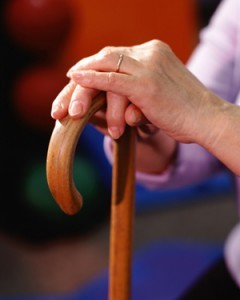Spinal Cord Injuries: Nursing Liability
 Spinal cord injuries cause devastating injuries. Lawsuits may result with the injuries occurred as the result of someone’s negligence: falls on someone’s icy sidewalk, injury from speed motor vehicle crashes, or falls in a healthcare facility, for example.
Spinal cord injuries cause devastating injuries. Lawsuits may result with the injuries occurred as the result of someone’s negligence: falls on someone’s icy sidewalk, injury from speed motor vehicle crashes, or falls in a healthcare facility, for example.
Paralysis from a spinal cord injury causes major emotional, physical, and financial damages.
Spinal cord injury has become epidemic in today’s society. Despite advances made and improvements in early recognition and treatment, it remains a devastating event, which can produce a severe and permanent disability.
Mechanism of injury of spinal cord injuries
Legal nurse consultants get involved in explaining medical injuries and anatomy to attorneys. Many spinal cord injuries result from force of a traumatic event, which can then produce compression of the spine, rotation, extension or flexion of the spine.
There may be immediate effects of the trauma and or there can be a progressive mechanism, which follows the injury. Examples of mechanisms of injury include hypoxia, ischemia, edema, and bleeding to name a few.
The spine is made up of a series of bones designed to support the body and to protect the spinal cord. The spine and spinal cord may be subjected to multiple insults such as trauma, infection, ischemia, hemorrhage, tumor, inflammation and degeneration.
All of these processes can lead to a sudden onset of neurologic symptoms such as motor weakness, bowel and bladder incontinence and sensory changes. Prompt recognition of these entities is important to reverse or minimize potential neurologic injury.
When problems occur, the causes must be identified and practices adjusted – if necessary – to prevent them from occurring again. A plan of care is then designed for the individual patient. According to the Pennsylvania Patient Safety Advisory, there are three distinct factors of rapid response preparedness that must be addressed in virtually every clinical point of care. These include:
1. Rapid access to functioning equipment and up to date supplies;
2. Knowledgeable and trained staff to manage the clinical emergency; and
3. After systems are in place, maintaining a state of readiness to manage a clinical emergency at any time.
The legal question to answer in spinal cord injury is usually not whether there are damages, but whether there is liability. Part 2 addresses that issue.
Barbara Levin BSN RN ONC CMSRN LNCC is a clinical scholar at Massachusetts General Hospital and an expert witness for orthopaedic and medical surgical cases. Invest in a copy of Pat Iyer’s book, Analyzing Falls, Pressure Sore and IV Therapy Cases, written specifically for LNCs.
Sharpen your skills for the analysis of a patient fall case. Invest in 6 hour course on patient falls: Falls Course: The Impact of Head Injury. View it at your convenience through our digital downloads.
